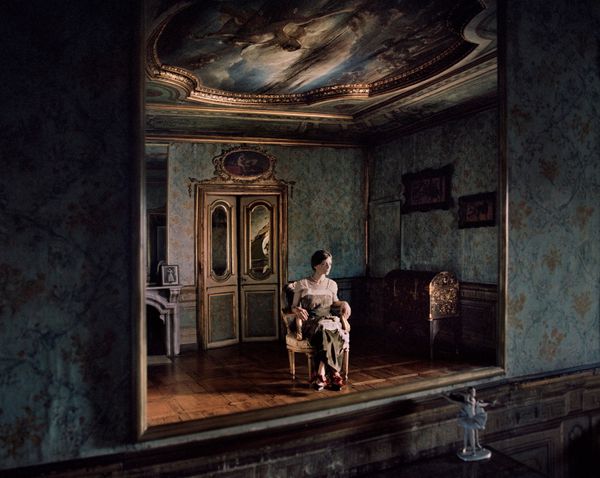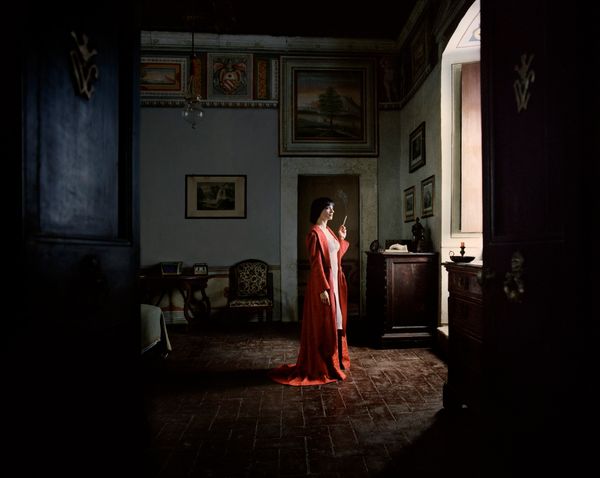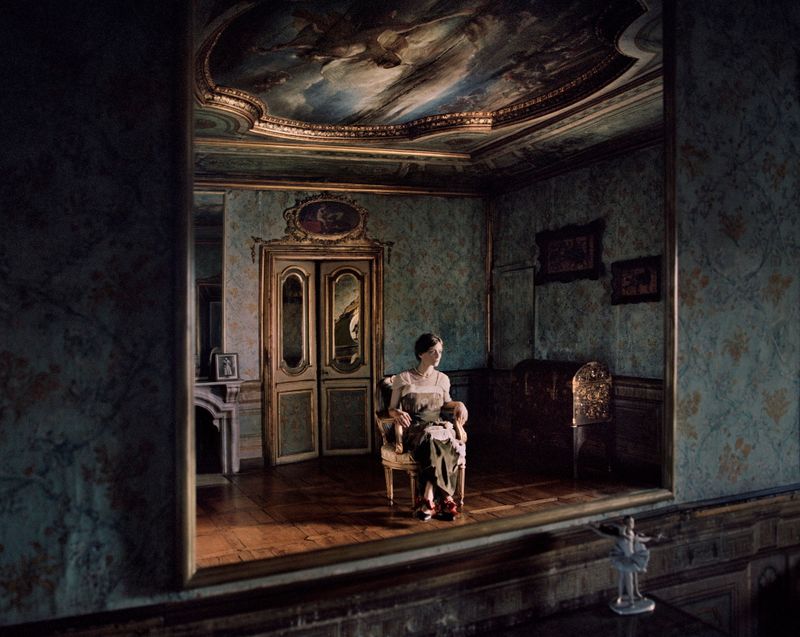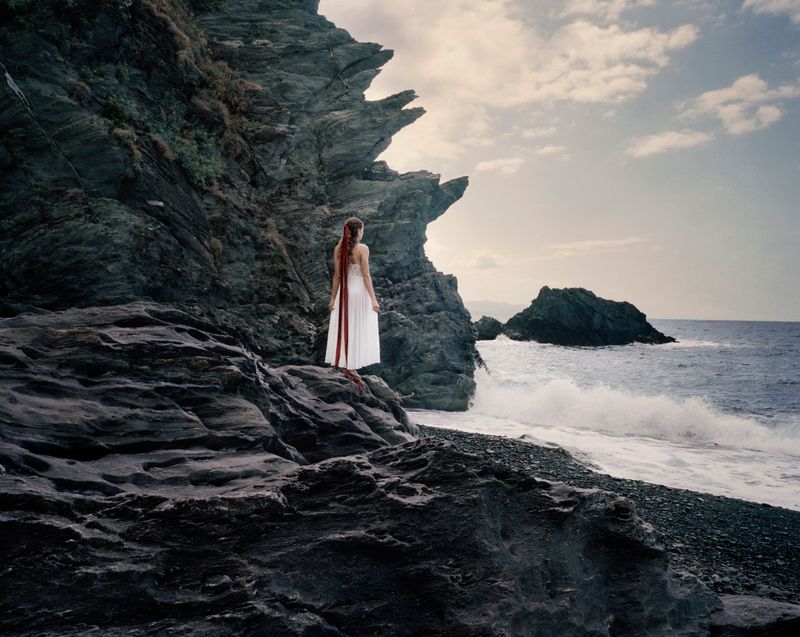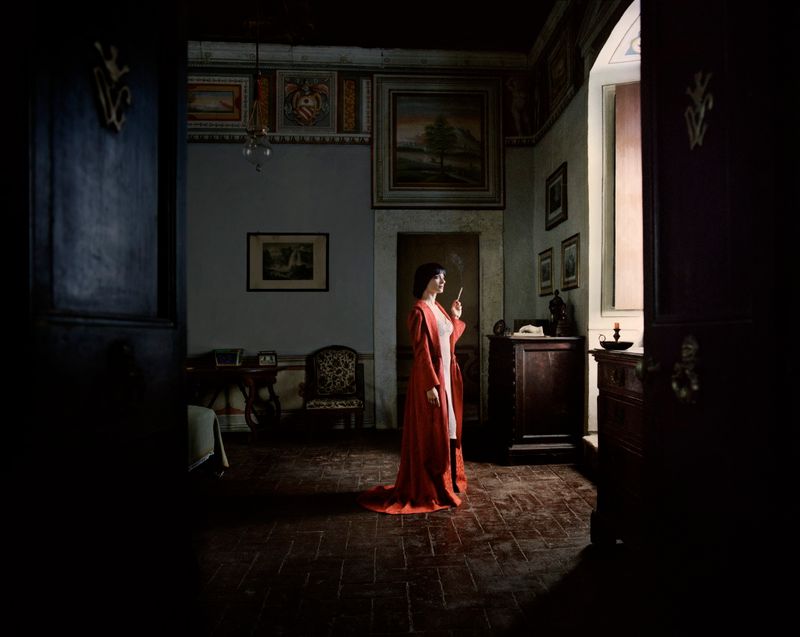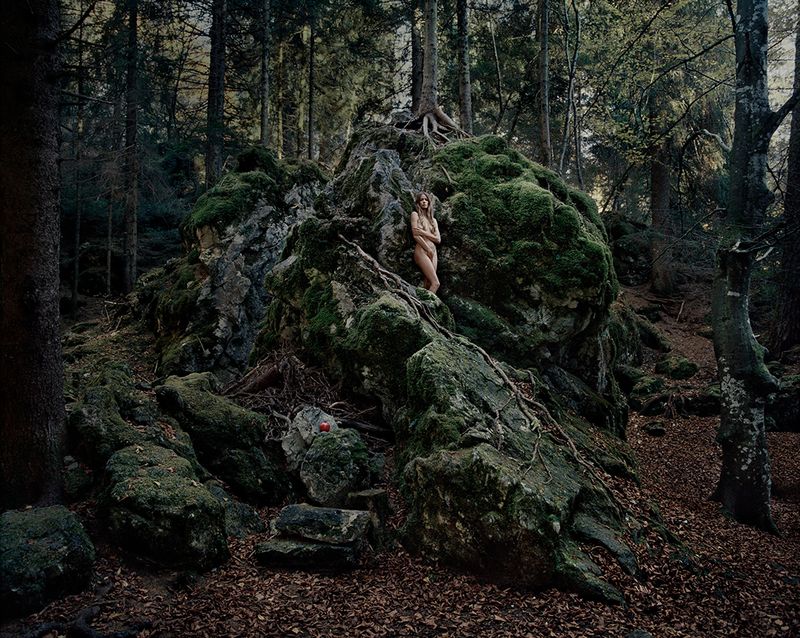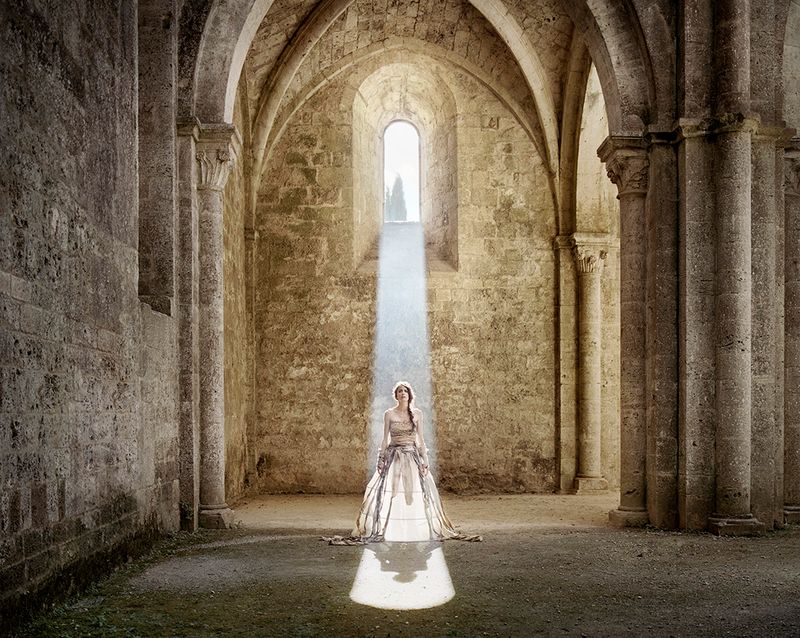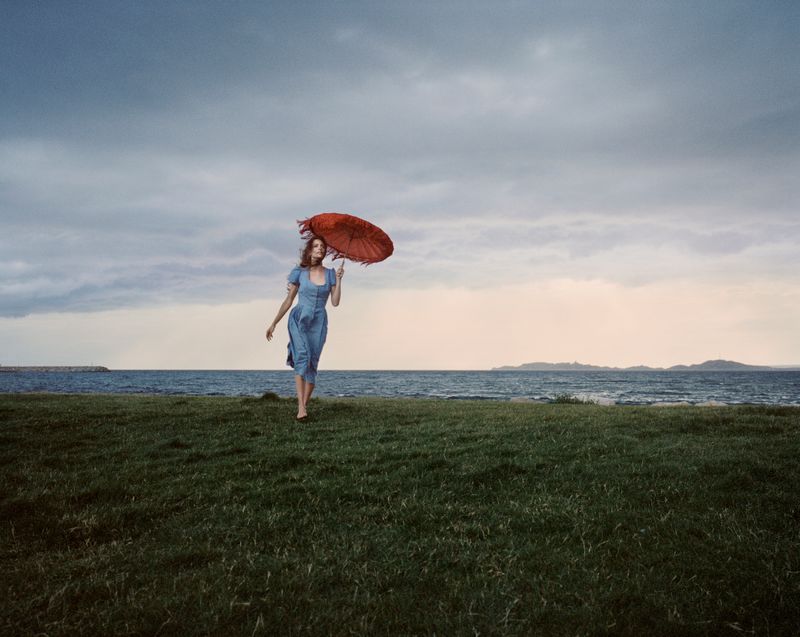Le donne di picasso
-
Dates2012 - 2016
-
Author
- Topics Portrait, Fine Art
- Location Italy, Italy
The project was conceived to reveal the stories of the women who strongly influenced the life and work of the most acclaimed artist of the XX century, Pablo Picasso.
How much pain can a woman bear ?
How much of herself can she renounce for love ?
Cristina Vatielli's photographic project delves deep in the sickness and the suffering of the women who have loved Pablo Picasso, and ultimately reveals a feeling common to all women who have loved badly.
The artist's research is an outcry denouncing physical and pyschological abuses, and at the same time an historical, biographical account of one of the absolute protagonists of twentieth century painting.
The work provides an inclement analysis of the pyschology of women who are protagonists in devastating relationships, seeking with brutal sincerity the fine line between suffering as victims and as silent accomplices. After years of careful research to document the stories of Olga Khokhlova, Eva Gouel, Fernande Olivier, Marie Thérèse Walter, Dora Maar, Francoise Gilot, Gaby Depeyre and Jacqueline Roque, the author has chosen to represent them through theatrical identification in a series of self-portraits to respond to the urgency of dressing them in their own clothes and giving them a new voice.
Living in the shadow of a powerful and seductive mind, and nourished by the pride of being inspirational muses, all the women ask for is the atrocious compromise of giving up their freedom for the privilege of being "women of Picasso", before being Women.
These images tell with powerful sadness the beauty imprisoned by morbid attentions and the talents crushed by the obsessive jealousy of a man who has betrayed, deluded and ruined many young women from destiny, and in most cases, they are marked by loneliness, depression and suicide.
Victims or accomplices, condescending or rebels, faithful wives or concubines, the eight women of Pablo Picasso are heroines without a story clamoring to be told.
One eye on the forehead and one on the cheek, the nose split in half by a vertical wound, the mouth bruised a shade of blue that transmits pain. Asymetric, disrupted, fragmented, discomposed, torn apart, not only in the images imprinted on the canvas, They are the Women of Picasso.
